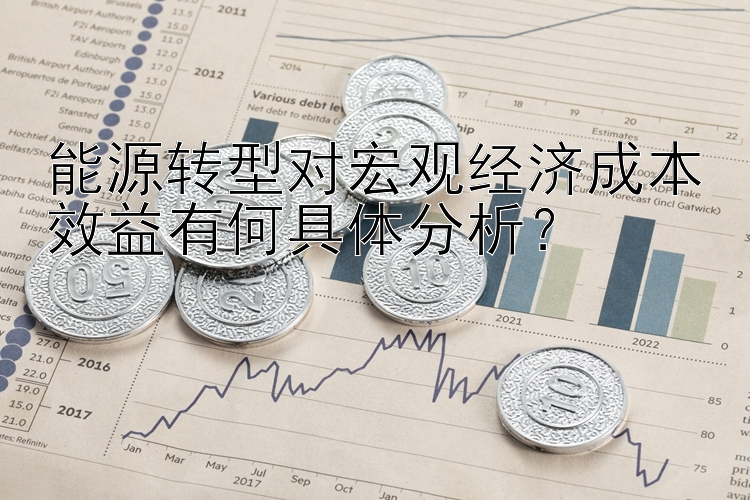在探讨能源转型的成本效益时,我们需要从多个角度进行分析。首先,我们应当明确的是,能源转型不仅涉及技术层面的变革,更是一场深刻的经济社会结构调整。因此,其成本与效益的分析不应仅限于直接的经济指标,而应扩展到社会福利、环境影响等更为综合的评价体系中。
1. Direct Costs and Benefits of Energy Transition
The direct costs of energy transition can be significant, particularly in the short term. These include investments in renewable energy infrastructure such as wind turbines, solar panels, and battery storage systems. Additionally, there are research and development (R&D) expenses associated with advancing clean technologies and ensuring their scalability and efficiency. The benefits, however, manifest not only through cost savings but also in terms of reduced environmental externalities like greenhouse gas emissions and pollution, which contribute to public health improvements and climate change mitigation efforts.
2. Indirect Costs and Benefits: Social and Environmental Impacts
Beyond these immediate considerations lie indirect effects that are harder to quantify but no less important. For instance, the shift towards renewables could lead to job losses in traditional fossil fuel industries while simultaneously creating new employment opportunities in sectors related to sustainable energy production and distribution. This requires careful planning to ensure a just transition for affected workers and communities. Furthermore, factors like biodiversity preservation and ecosystem services should be factored into analyses when assessing the true cost-benefit tradeoffs.
3. Macroeconomic Implications
From a macroeconomic perspective, energy transitions have implications for national budgets, trade balances, and economic growth rates. Renewable energy sources often require large upfront capital expenditures, which can strain government finances if not properly managed. However, over time, these investments may reduce long-term energy import bills, contributing to lower inflationary pressures and increased energy security. Moreover, by fostering innovation and diversifying economies away from resource extraction models, countries can enhance their competitiveness on global markets.
4. Regulatory Considerations
Governments play a crucial role in shaping the cost-effectiveness of energy transitions through policy frameworks and regulations. Subsidies, tax incentives, and carbon pricing mechanisms can significantly influence both the pace of adoption and the overall financial feasibility of cleaner energy solutions. Well-designed policies can help mitigate some of the initial costs faced by consumers and businesses, making the transition more palatable and efficient.
5. Global Perspective
Finally, it is essential to consider the broader international context within which energy transitions occur. As many nations strive to meet Paris Agreement targets and decarbonize their economies, there will likely be shifts in geopolitical power dynamics and global supply chains. Countries that successfully navigate this transformation may emerge as leaders in low-carbon technology exports, positioning themselves at the forefront of a growing green economy.
In conclusion, analyzing the cost-benefits of an energy transition demands a holistic approach that accounts for diverse and sometimes competing interests. While the upfront costs can be substantial, they must be weighed against the potential long-term gains in areas such as sustainability, human well-being, and technological leadership. A thoughtful strategy that integrates social, environmental, and economic objectives can pave the way for a prosperous future driven by clean energy.





